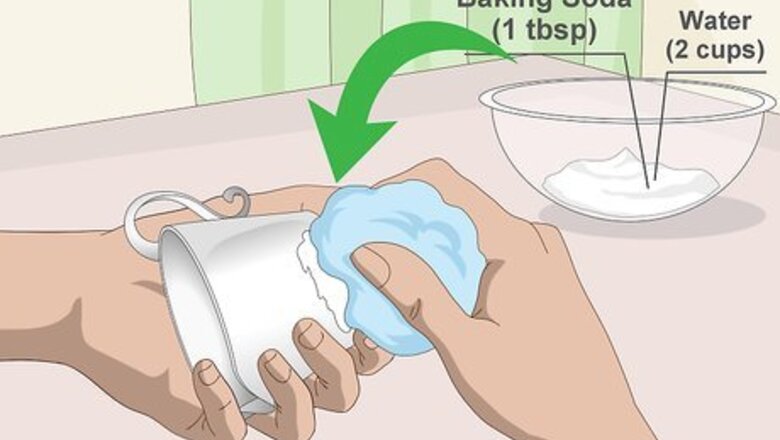
views
Dealing With Small Rust Spots
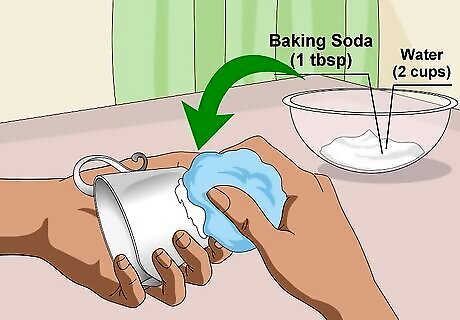
Make a baking soda paste. Mix one tablespoon baking soda and two cups (473 milliliters) water, adjusting the ratio as needed in order to get a paste that's spreadable. Rub the mixture on the rust spot in the direction of the grain with a clean cloth. Rinse and wipe the rusty area with a damp paper towel.
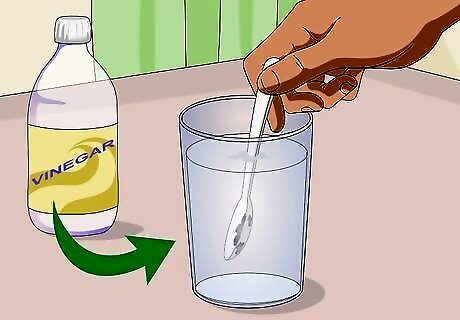
Coat the rust with vinegar. If possible, submerge the entire rusty stainless steel object in a tall cup of vinegar. This works best with, for instance, cutlery or jewelry. If you can’t submerge the stainless steel object, or the rusty portion of it, fill a spray bottle with vinegar and spray an even coat of vinegar onto the rusty stainless steel object you’re interested in cleaning. Wait five minutes after applying the vinegar. Wipe the rust with a damp sponge. Distilled white vinegar is best for this, but any type of vinegar will do. Alternately, you could pour or spray a bit of vinegar onto a soft scrubbing pad and use it to gently wipe away the rust.
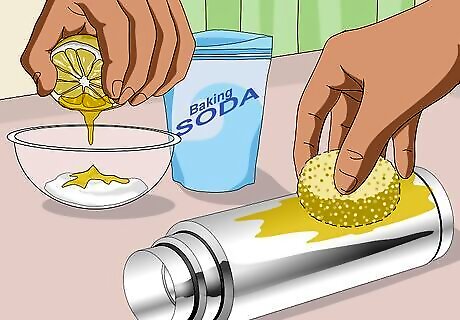
Clean the rust with lemon juice. Mix equal amounts of lemon juice and baking soda to form a paste. For instance, you might choose to combine one tablespoon of lemon juice and one tablespoon of baking soda. Coat the rust with the paste, then use a damp sponge to scrub the rust away. If the rust remains after one application, let the paste sit on the rust for 15-30 minutes, then scrub it away with a damp sponge. Lime juice is a viable substitute for lemon juice in this solution.
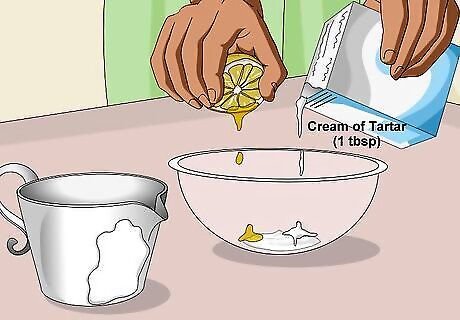
Create a paste from the cream of tartar. Combine one tablespoon of cream of tartar with a few drops of lemon juice. Cover the rusty spots on your stainless steel object with the paste. Using a soft sponge, rub the paste firmly over the rust. Wipe away with a damp sponge. Dry with a dish cloth.
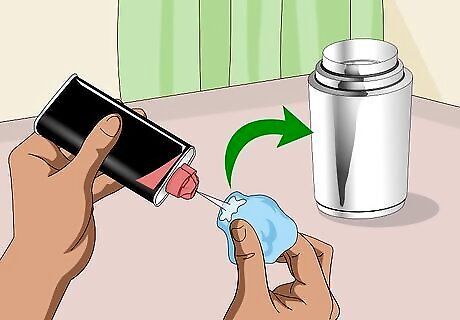
Use lighter fluid to clean the rust. Squirt a bit of lighter fluid onto a clean dish cloth. Scrub the rust spot using the cloth. Because lighter fluid is flammable, this option should be used only as a last resort. Thoroughly wipe the lighter fluid away with a damp sponge after cleaning the rust. Do not clean rust off stainless steel with lighter fluid if you are near an open flame.
Dealing With Larger Rust Spots
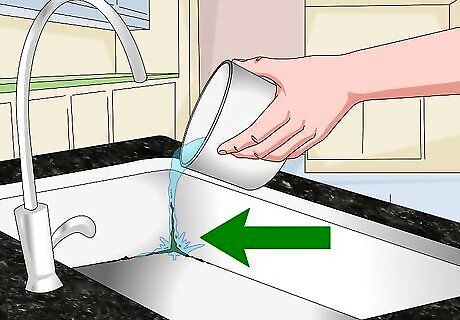
Rinse the rusty area. If it’s in your sink, for instance, pour water over it. If the rust is on a vertical surface, use a spray bottle filled with water and spray it down.
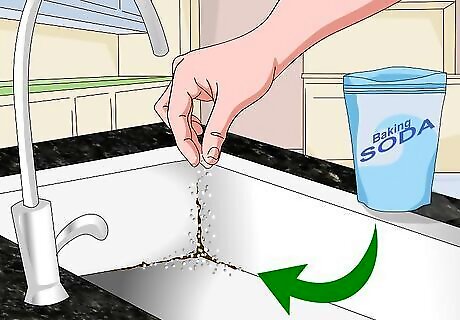
Sprinkle baking soda across the rusty area. If your rusty stainless steel is on a countertop or other horizontally-oriented surface, this should be easy. If your rusty stainless steel is on a vertically-oriented area, place a tray or a layer of newspaper below the rusty area. Dip your fingertips in the baking soda and flick it at the wet, rusty area. The baking soda should stick to the dampened rusty area. After applying the baking soda, wait 30-60 minutes.
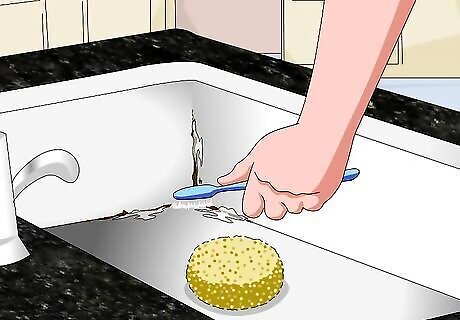
Scrub the area. Use a soft-bristled brush, a sponge, or an old toothbrush to clean the rust from the stainless steel by rubbing or scrubbing. Move the brush or sponge in the direction of the stainless steel grain.
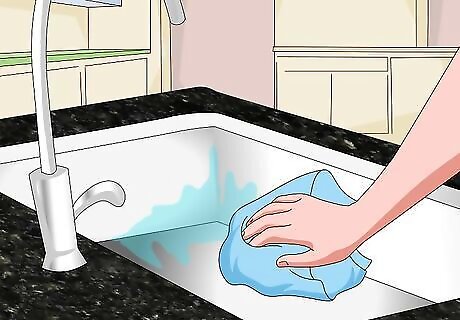
Rinse and dry the area. Once the rust has come loose, rinse the stainless steel or wipe it with a damp paper towel. Dry the area with a dry paper towel or microfiber dish cloth.
Dealing With More Tenacious Rust
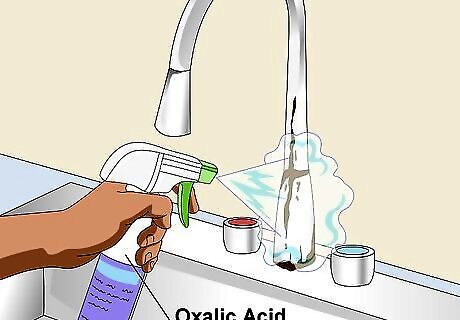
Apply a liquid cleaner containing oxalic acid to the rust. Oxalic acid is a heavy-duty cleaning ingredient that will help you remove even the most serious rust spots. Spray the rusty stainless steel with the cleaning solution and wait about 60 seconds (or for however long the oxalic acid product recommends). Oxalic acid is a common ingredient in cleaning solutions like Krud Kutter and Bar Keepers Friend.
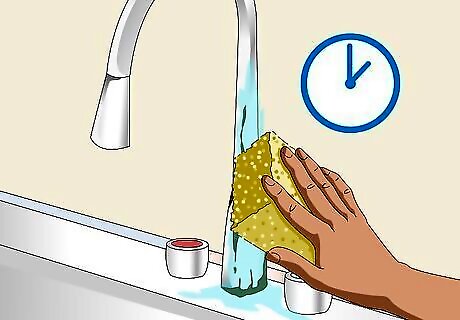
Wipe the cleaning agent using a sponge. About 60 seconds after applying the cleaning agent, dampen a sponge. Rub the rusty spot in the direction of the stainless steel grain.
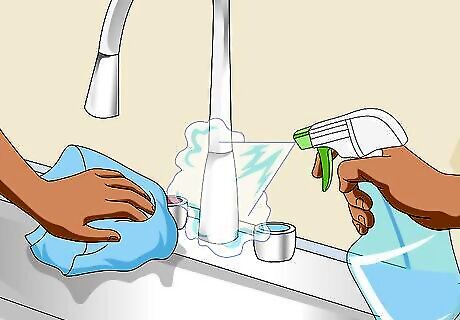
Rinse the formerly rusty area. When the rust has been cleaned, rinse the area with fresh water (or spray with a squirt bottle). Gently dry the stainless steel using a clean towel.
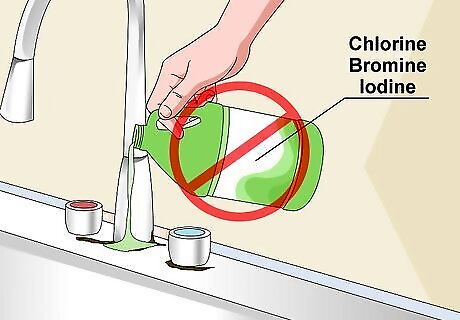
Do not use abrasive cleaners. When dealing with rust that just won’t seem to come off, you might be tempted to use really heavy-duty cleaning products. However, avoid this temptation to avoid damaging your stainless steel. Only use the liquid cleaners, not cleaning solutions that contain grit. Additionally, avoid cleaning solutions that combine oxalic acid with chlorides (chlorine, bromine, fluorine, iodine, and so on).

















Comments
0 comment